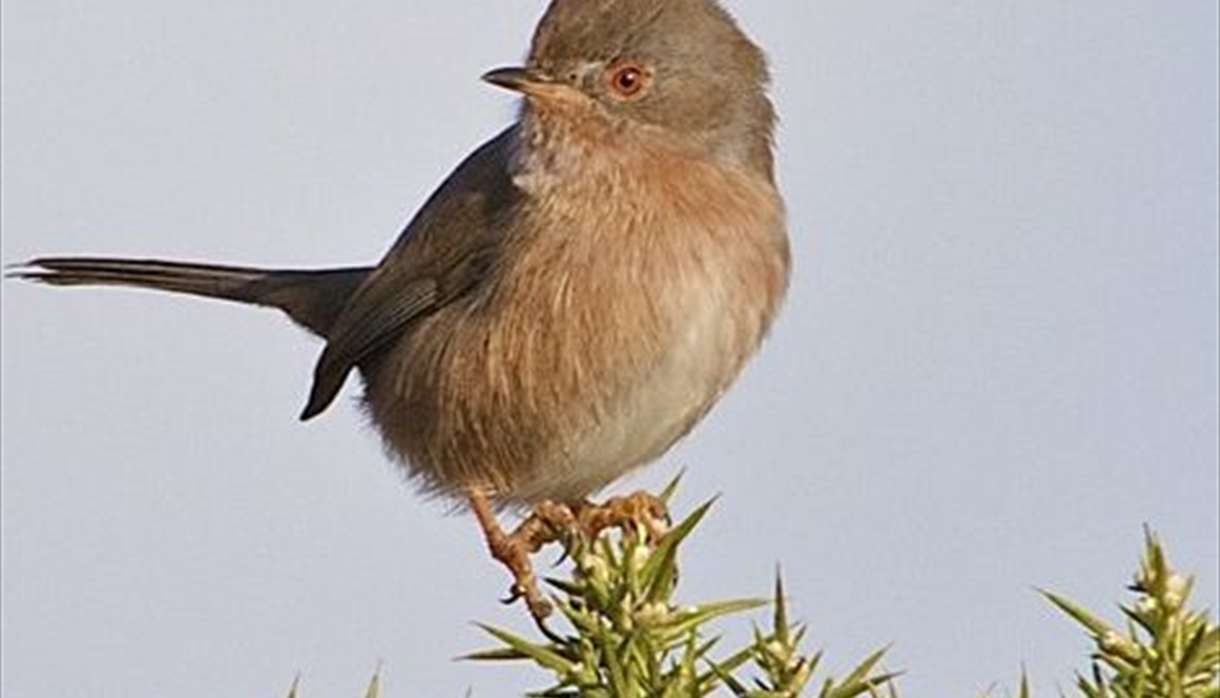About
Part of the large East Devon Pebblebed Heaths Site of Special Scientific Interest (much of which is managed by Clinton Devon Estates) Aylesbeare Common is a large area of lowland heathland. Both wet and dry areas of heath occur, together with small springs and flushes. These habitats support a diverse flora. As well as heather (ling) and its relatives, plants such as heath dog violet and heath spotted orchid can be found. Bog asphodel and the insectivorous sundew grow in the wetter areas. Of note among the animal life are strong populations of the Dartford warbler and, in summer,
...… Read MoreAbout
Part of the large East Devon Pebblebed Heaths Site of Special Scientific Interest (much of which is managed by Clinton Devon Estates) Aylesbeare Common is a large area of lowland heathland. Both wet and dry areas of heath occur, together with small springs and flushes. These habitats support a diverse flora. As well as heather (ling) and its relatives, plants such as heath dog violet and heath spotted orchid can be found. Bog asphodel and the insectivorous sundew grow in the wetter areas. Of note among the animal life are strong populations of the Dartford warbler and, in summer, the nightjar.
Aylesbeare is also important for its dragonflies, including the rare southern damselfly, and butterflies. It has the largest butterfly list of any RSPB reserve, with over 30 different species being regularly recorded. This area is also of considerable geological interest, lying on the Budleigh Salterton Pebble Beds, a formation of red, silty sands and well rounded quartzite gravels and cobbles dating from about 225 million years ago. The Pebble Beds originated from a variety of sources as a result of erosion and transport through a braided river system into a large piedmont (i.e. a tract of country at the foot of a mountain range) flood plain. The large size of many of the cobbles suggests that river flows were sometimes very powerful. Pebbles known locally as "popples" have been used for the construction of walls, floors and occasionally whole buildings in local villages. The name "popple" has given itself to the nearby village of Newton Poppleford.
Where: SY 055904
When: Views to the sea and across landscape are clearer in the summer months. Flora still good at the end of the summer, and nightjars should still be around so end of summer season to be promoted
Facilities: Disabled Access, Dogs Allowed, Visitor Centre, Walks,
Hints and Tips: It has the largest butterfly list of any RSPB reserve, with over 30 different species being regularly recorded.
Read Less










 to add an item to your Itinerary basket.
to add an item to your Itinerary basket.






